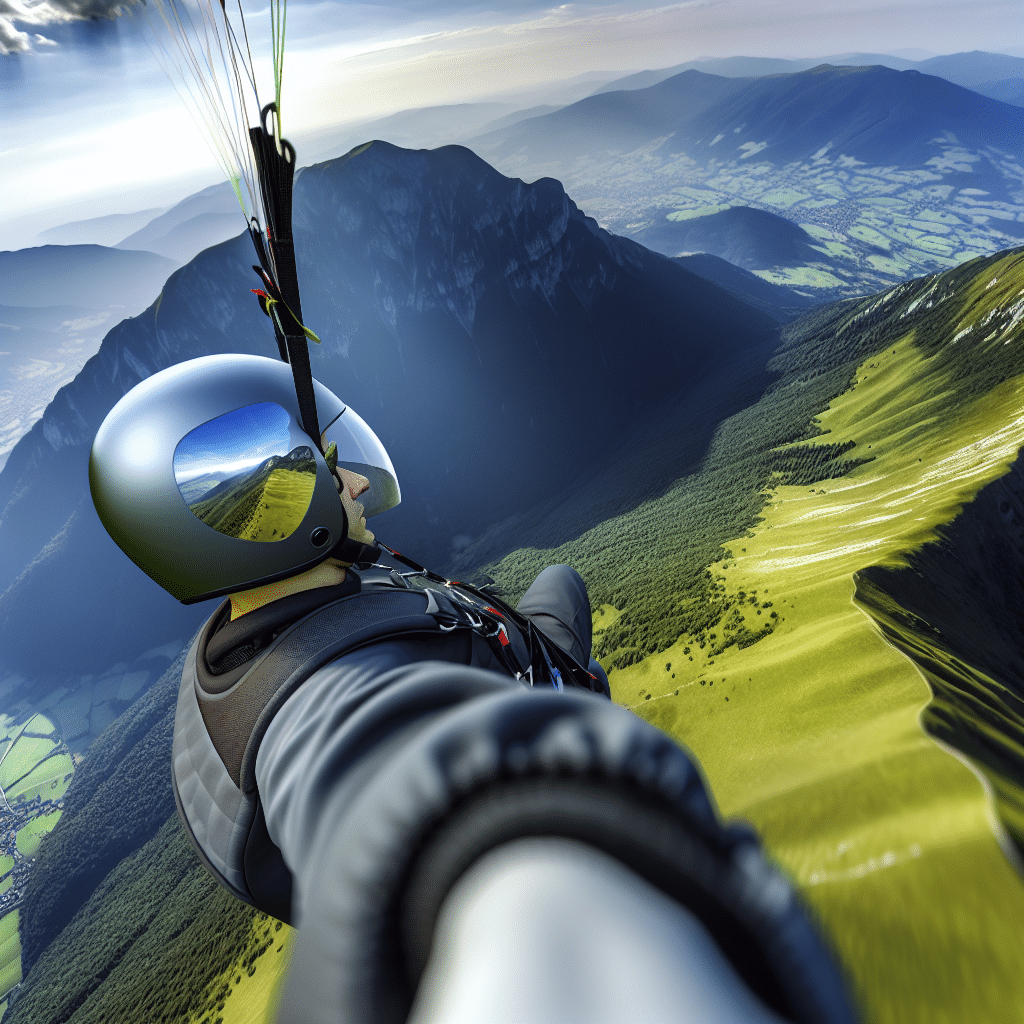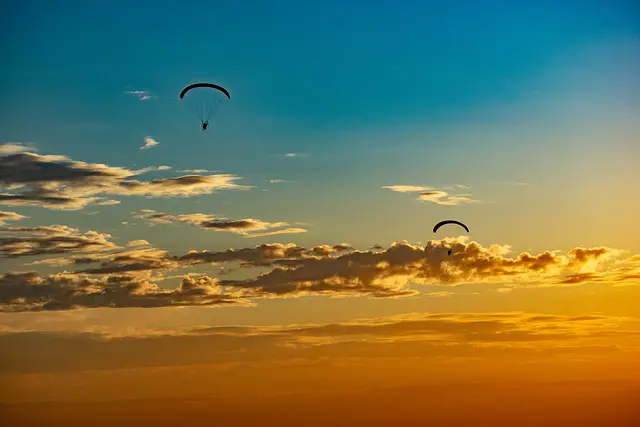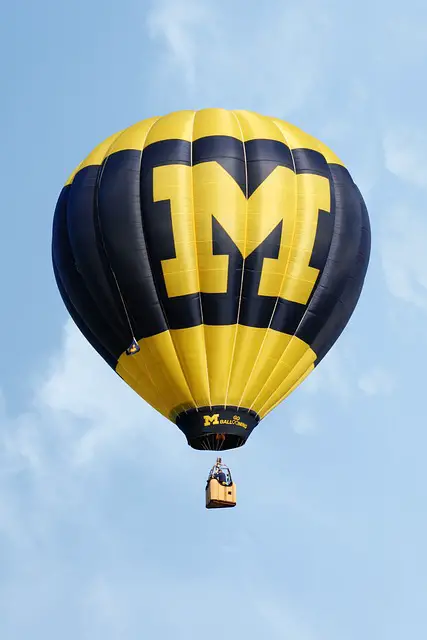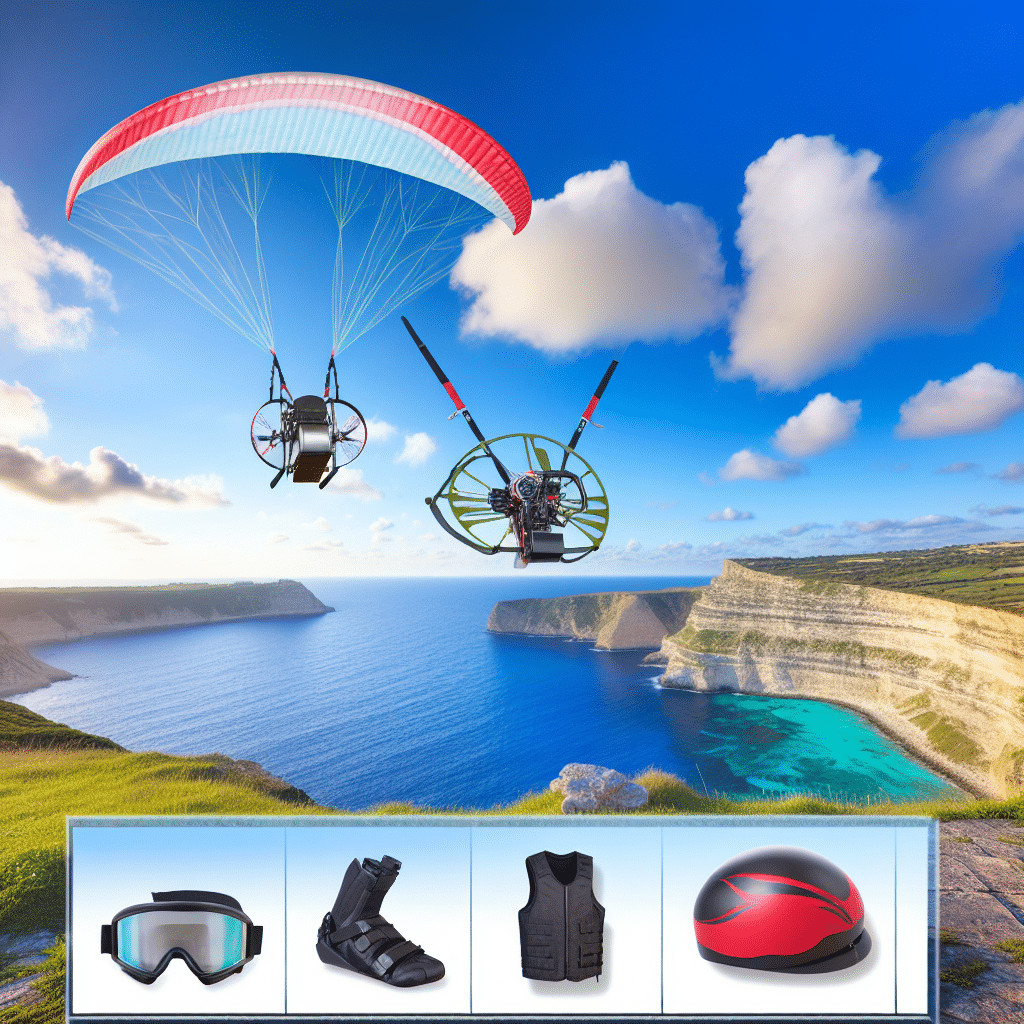Paragliding is an exhilarating sport that offers a unique blend of adrenaline and serenity. Soaring through the skies, feeling the wind rush past, and witnessing breathtaking landscapes from a bird’s-eye view are experiences that few other activities can match. However, as with any adventure sport, safety must be a top priority, and one of the most critical pieces of gear you can invest in is a paragliding helmet. This article delves into the importance of paragliding helmets, what to look for when choosing one, and how they can enhance both your safety and enjoyment of the sport.
Why a Paragliding Helmet is Non-Negotiable
Is Safety Really an Issue in Paragliding?
Absolutely! Paragliding, while immensely satisfying, does come with its risks. Unexpected weather changes, equipment failure, and human error can all contribute to potentially dangerous situations. A helmet serves as your first line of defense against head injuries that could arise from collisions, falls, or other unforeseen events.
Enhancing Your Confidence and Performance
Wearing a paragliding helmet does more than just protect you from harm. It also boosts your confidence, allowing you to focus more on enjoying the flight and less on worrying about possible accidents. Knowing you have a high-quality helmet can improve your overall performance by enabling you to concentrate better on the techniques and maneuvers involved in paragliding.
What to Look for in a Paragliding Helmet
Material and Durability: The Backbone of a Good Helmet
When selecting a paragliding helmet, the material and durability are paramount. Helmets are commonly made from polycarbonate, carbon fiber, or a composite material. Each offers different levels of protection, weight, and cost. For instance, carbon fiber helmets are generally lighter and offer excellent protection but are more expensive.
Comfort and Fit: The Must-Haves
A helmet that doesn’t fit properly can be a distraction or even a hazard. When trying on a helmet, ensure it fits snugly without being too tight. Look for adjustable straps and padding that can be customized to your head shape. Ventilation is another crucial factor, as you don’t want to end up sweating excessively inside your helmet during a flight.
Certifications and Ratings
Never compromise on safety certifications. Look for helmets that meet or exceed safety standards set by organizations like the European Committee for Standardization (EN 966) or the United States ASTM International. These certifications indicate that the helmet has undergone rigorous testing to ensure its effectiveness.
Are There Different Types of Paragliding Helmets?
Open Face vs. Full Face: Which One Suits You?
Paragliding helmets generally come in two styles: open face and full face. Open face helmets offer better ventilation and a wider field of vision, making them highly popular among recreational paragliders. Full face helmets provide additional protection to the jaw and chin area, which can be beneficial for more extreme flying conditions.
Convertible Helmets: The Best of Both Worlds?
Some manufacturers offer convertible helmets that provide the flexibility of switching between open face and full face configurations. These helmets can be particularly useful for pilots who engage in various types of paragliding, from casual flights to more aggressive maneuvers.
Maintaining Your Paragliding Helmet
Routine Inspections: A Must-Do
Regularly inspect your helmet for any signs of wear and tear. Check for cracks, loose padding, and ensure that the straps are in good condition. Small issues can often be fixed, but significant damage usually warrants a replacement.
Cleaning and Storage: Keep It Fresh
Keep your helmet clean by following the manufacturer’s cleaning guidelines, which usually involve mild soap and water. Avoid harsh chemicals that could degrade the materials. When not in use, store your helmet in a cool, dry place away from direct sunlight to prolong its lifespan.
Conclusion: Investing in Your Safety and Enjoyment
A paragliding helmet is an invaluable piece of gear that offers substantial protection, enhances your confidence, and can significantly improve your overall paragliding experience. From understanding the essential features to maintaining its condition, being well-informed about your helmet can make a world of difference. Whether you’re a seasoned paraglider or a newbie to the sport, investing in a quality helmet is a decision you won’t regret. So the next time you prepare for a flight, make sure your paragliding helmet is securely fastened, and enjoy the skies with peace of mind.




